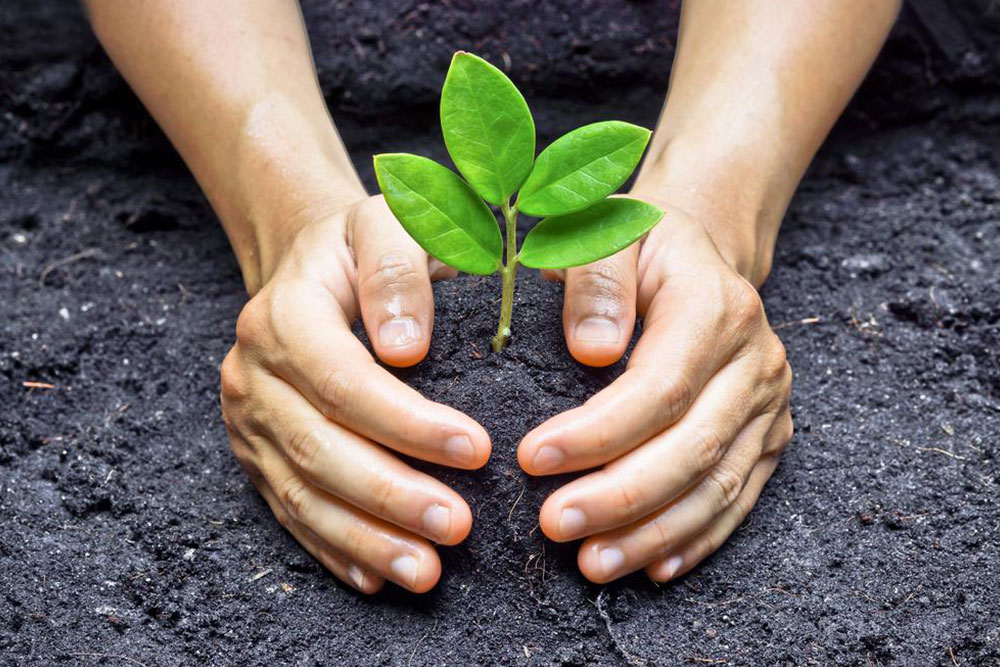Planting, growing and taking care of hydrangea plants
The hydrangea plant is one the most versatile plants which can be planted and grown indoors. It is mainly used for medicinal purposes. Its root is full of alkaloids which are helpful in treating cold and indigestion. It is also used for decoration and ornamental purposes because of its dense flower head. It grows in four different colors such as blue, pink, purple and white. It usually blooms in summer and spring.

Planting the hydrangea plant
Planting them is a very easy task. By just taking care of few things, you could get reap great benefits from this plant. Some tips are listed below for you to understand the planting process better.
- Selection of the site: Site selection is the very first step of this process. If you are living in a northern state, then you have the climate conditions that are needed to grow the hydrangea plant. Always choose a site where these plants can get at least 2-3 hours of the morning sun.
- Preparing the soil: The soil is just as important as the climate for these plants to grow and bloom. You could test the soil’s fertility level at the local nursery. Knowing the quality of the soil is very important. Basically, there are 4 types of soil available. They are sand, silt, clay, and loam. Out of these, the loam type soil is ideal for these plants.
- Planting: When you have found the right place and the soil, all that is left is to do the planting. Measure the size of the site and plant it such that there is enough space for each plant to bloom. Gently untangle the roots with your fingers before planting.
Tips on growing and taking care
Growing hydrangea plants can be little tricky. If you know the right way, then there should not be any problem in growing this plant throughout the year. Here are some useful tips that can make taking care of the hydrangea plants easier for you.
- Morning light: The hydrangea requires the morning light. However, it cannot tolerate the afternoon sun.
- Water requirements: When they are in the blooming phase, they need to be watered regularly. The water requirement diminishes after they have finished the blooming. Rain water is the best for these plants.
- Protect from strong winds: Since these plants belong to the shrub family, they need to be protected from strong winds.
- Proper drainage: The site must have a proper drainage system to prevent the roots from rotting.
Thus, if you pay attention and take care of the hydrangea plant, you will enjoy its beauty and the medical benefits.